Identify fungi on the go
Discover fungi when you're out and about with your own pocket-sized identification guide to the UK's common species.
Buy it now
Content manager, botanist and tree lover
They're mysterious, enchanting, fascinating and often beautiful. Yet most of us regard mushrooms and toadstools with suspicion and caution. And for good reason. There are poisonous mushrooms out there, and some of them are deadly.
The worst have sinister names such as death cap, destroying angel and funeral bell – a warning to steer clear. Here are eight of the most poisonous mushrooms to watch out for in the UK.
This blog gives an insight into the UK’s most poisonous mushrooms, but it should not be used in any way as a definitive identification guide. We cannot guarantee the accuracy of the images, and you should never eat or touch any fungus based on information from this blog. Some mushrooms are very poisonous.
Our mistrust of mushrooms is summed up by the word ‘toadstool’ – a name indiscriminately applied to many species of fungi, well known 'to grow where old rustie iron lieth, or rotten clouts, or neere to serpents dens'. Toads were once considered venomous and so were toadstools and herbalists regarded them to be ‘poysonous damp weeds’ and best avoided.
A deadly poisonous fungus. It’s rare in the UK, but responsible for several deaths in Europe. People have eaten it after mistaking it for chanterelle (Cantharellus cibarius) and magic mushroom (Psilocybe species).
Where: in coniferous pine and spruce woods. It grows on the ground, often among heather and bilberry.
When: August to November.
Symptoms: the webcap mushroom contains a long-lasting poison called orellanine. Initial effects kick in two to three days after ingestion. These include flu-like symptoms, headache, vomiting, kidney failure and possible death. You’ll also get the same symptoms from its relative the fool’s webcap (Cortinarius orellanus).
The death cap is the world's most toxic mushroom. It contains alpha-amanitin which is responsible for causing liver and kidney failure. Ingestion of just half a cap can lead to death.
The world's most deadly fungus, and it's common in England. Death cap is responsible for most fatal mushroom poisonings worldwide. These innocent-looking mushrooms have tinted green caps, white stems and white gills.
Where: it grows on the ground in broadleaved woods.
When: August to November.
Symptoms: causes kidney and liver failure. Just six to 24 hours after ingestion, symptoms include vomiting, diarrhoea and severe abdominal pain followed by jaundice, seizures, coma and death.
A pure white, deadly poisonous mushroom. Apparently, just a piece of destroying angel in a soup made from otherwise edible species is enough to kill everyone who eats the soup.
Where: broadleaved and mixed woodland, especially birch woodland. It grows on the ground.
When: July to November.
Symptoms: contains deadly amatoxin poisons. Effects are seen eight to 24 hours after ingestion and include vomiting, diarrhoea, and severe stomach pains. There may be a deceiving period of improvement before the second effects of liver and kidney poisoning occur.
Discover fungi when you're out and about with your own pocket-sized identification guide to the UK's common species.
Buy it nowFool's conecap is often listed in guidebooks as Conocybe filaris which is now considered to be a synonym of Pholiotina rugosa.
Fool's conecap is deadly poisonous. Its smooth, shiny, brown cap is around 2cm across, starting off conical and flattening as it expands.
Where: you could come across this species in your garden. It grows in leaf litter, rotting woodchip piles, sawdust, rich soil and compost. It's uncommon but widespread.
When: July to October.
Symptoms: like the death cap, fool's conecap contains deadly alpha-amanitin which is highly toxic to the liver when ingested.
It’s also known as the sweating mushroom, describing its potentially deadly effects. Fool's funnel often grows alongside the edible Scotch bonnet (Marasmius oreades) so take care if you’re on an edible mushroom foray.
Where: lawns, meadows and other grassy areas.
When: July to early December.
Symptoms: contains the toxin muscarine which has many effects on the body when ingested, including excessive salivation, sweating and tear production. In large doses, symptoms include abdominal pain, sickness, diarrhoea, blurred vision and laboured breathing. It can cause death in severe cases, but is rarely fatal in healthy people.
A small but deadly mushroom that grows in clusters on tree stumps and bark. It’s not particularly common in Britain.
Where: mixed or coniferous woods. Grows on dead and decaying wood.
When: August to November.
Symptoms: also contains deadly poisonous amatoxins - the same poisons as death cap. It causes vomiting, liver damage and possible death.
A beautiful but poisonous mushroom that’s uncommon in the UK. It contains similar toxins to those in fly agaric (Amanita muscaria).
Where: broadleaved woods, especially beech or oak.
When: July to November.
Symptoms: intense sickness can occur after ingestion but the main effects are on the central nervous system. They include vivid hallucinations, confusion, visual distortion, a feeling of greater strength, delusions and convulsions. It can be fatal in rare cases.
This distinctive pure white bracket-like fungus grows in clusters on decaying conifer wood. It’s quite common in the Scottish Highlands and in Cumbria but it’s rare elsewhere. Just appreciate it for its beauty.
Where: it grows on decaying stumps and branches in conifer woodlands.
When: autumn.
Symptoms: cases of poisoning after ingesting this species have been recorded. Chemicals in the mushroom are toxic to the brain and can cause permanent brain injuries or possibly death.

Discover fungi when you're out and about with your own pocket-sized identification guide to the UK's common species.
Buy it now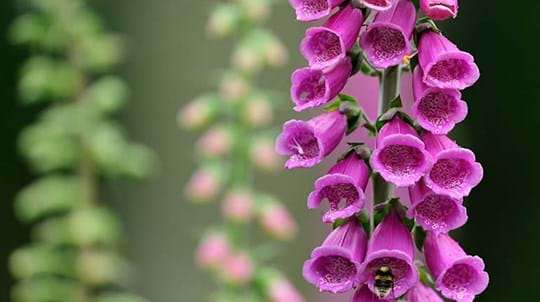
Blog
Helen Keating • 01 Jul 2020
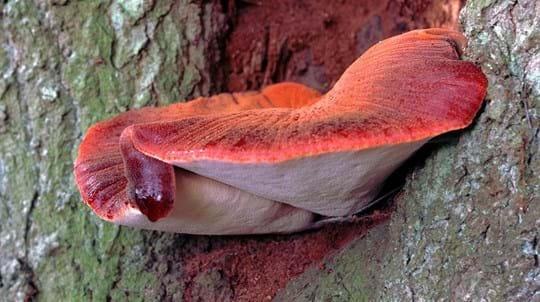
Blog
Helen Keating • 29 Oct 2018
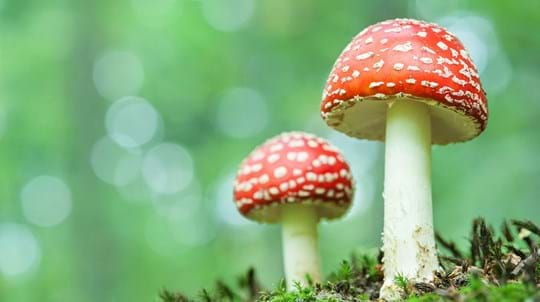
Blog
Helen Keating • 31 Aug 2017
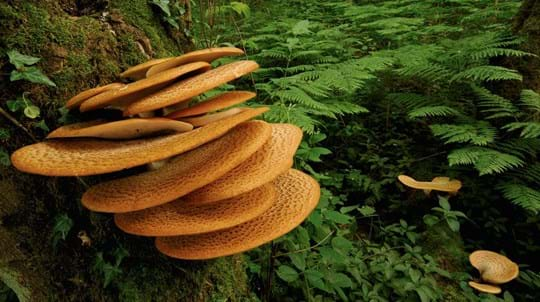
Blog
Amy Lewis • 21 Oct 2021
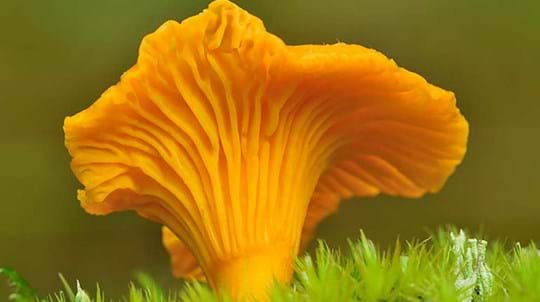
Trees woods and wildlife
A dazzling array of shapes, sizes and colours. Find out about fungi and lichens, from ancient taboos to magic and medicine.
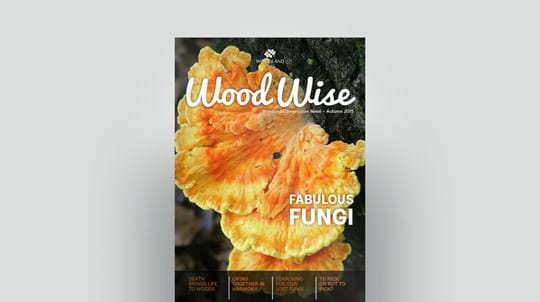
Journal
PDF (1.58 MB)